Introduction
Fried bee pupae, a culinary delight rooted in tradition and adventure, offer a unique blend of texture and flavor that intrigues food enthusiasts worldwide. Often regarded as an acquired taste, this dish is celebrated in cultures where insect-based cuisine is embraced for its nutritional value and connection to nature. Bee pupae, the immature stage of bees, are harvested sustainably from hives and transformed into a crispy, savory treat through careful preparation and frying. This article explores the step-by-step process of cooking fried bee pupae, from sourcing the ingredients to achieving the perfect golden crunch, while delving into the cultural significance and culinary tips that elevate this dish.
Understanding Bee Pupae: A Brief Overview
Bee pupae are the developmental stage between larvae and adult bees, housed within protective cocoons inside the hive. Harvested ethically, these pupae are a byproduct of beekeeping practices aimed at maintaining hive health. Nutritionally, they are rich in protein, vitamins, and minerals, making them a sustainable and nutrient-dense food source. In regions like Southeast Asia, China, and parts of Europe, fried bee pupae are considered a delicacy, often served as appetizers or snack foods.
Ingredients and Tools Required
To master the art of frying bee pupae, gather the following ingredients and equipment:
- Fresh bee pupae: Approximately 500 grams, sourced from reputable suppliers to ensure quality and safety.
- Cooking oil: Neutral-flavored oil such as vegetable or canola oil, ideal for high-heat frying.
- Seasonings: Salt, pepper, garlic powder, chili flakes, or other spices to taste.
- Optional coatings: Cornstarch or rice flour for added crispiness.
- Equipment: A deep frying pan or wok, slotted spoon, paper towels, and a thermometer for monitoring oil temperature.
Preparation: Cleaning and Blanching
Before frying, bee pupae require thorough cleaning to remove any residual honey, wax, or impurities.
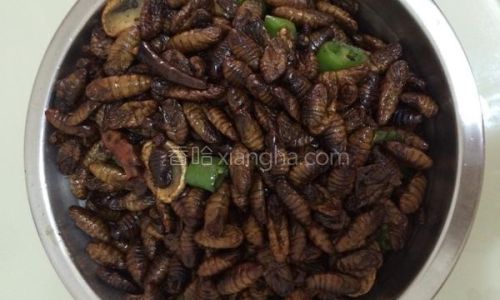
- Rinsing: Place the pupae in a colander and rinse them under cold running water. Gently agitate to dislodge debris.
- Blanching: Boil a pot of water and blanch the pupae for 2–3 minutes. This process not only cleanses them but also partially cooks the pupae, ensuring even frying later.
- Drying: Spread the blanched pupae on a clean kitchen towel or paper towels. Pat them dry to prevent oil splatters during frying.
The Frying Process: Achieving Perfect Crispiness
Frying bee pupae demands precision to balance crunchiness without overcooking. Follow these steps:
- Heating the Oil: Pour 2–3 cups of oil into a deep pan or wok. Heat the oil to 175–190°C (350–375°F). Use a thermometer to maintain consistency.
- Coating (Optional): For extra crispiness, lightly dust the dried pupae with cornstarch or rice flour. This step also helps the seasonings adhere better.
- Frying: Carefully lower the pupae into the hot oil using a slotted spoon. Fry in batches to avoid overcrowding, which lowers the oil temperature. Stir gently for 3–4 minutes until golden brown.
- Draining: Remove the fried pupae using the slotted spoon and transfer them to a plate lined with paper towels to absorb excess oil.
Seasoning and Flavor Enhancements
The simplicity of fried bee pupae allows for creative seasoning. Here are popular options:
- Classic Salt and Pepper: Toss the fried pupae in a bowl with salt, pepper, and a pinch of garlic powder.
- Spicy Kick: Add chili flakes or a dash of cayenne pepper for heat.
- Herb-Infused: Mix in dried herbs like rosemary or thyme for an aromatic twist.
- Sweet and Savory: Drizzle with a touch of honey or maple syrup before serving for a contrasting flavor profile.
Serving Suggestions and Pairings
Fried bee pupae shine when paired with complementary dishes and beverages:
- As an Appetizer: Serve them alongside dipping sauces like soy-ginger, chili mayo, or a tangy lime aioli.
- In Salads: Toss them into a bed of mixed greens with avocado, cherry tomatoes, and a light vinaigrette.
- With Beer: The crispy texture pairs well with cold, crisp lagers or ales.
- Cultural Context: In some traditions, fried bee pupae are enjoyed with steamed rice or as part of a communal meal featuring other insect dishes.
Cultural Significance and Ethical Considerations
The consumption of bee pupae is deeply intertwined with cultural practices that prioritize sustainability. In regions where beekeeping is integral to agriculture, harvesting pupae is often regulated to ensure hive populations remain stable. Ethical sourcing is crucial—always purchase pupae from suppliers who adhere to humane and eco-friendly harvesting methods. Additionally, individuals with shellfish or dust mite allergies may experience cross-reactivity, so caution is advised.
Troubleshooting Common Issues
- Soggy Texture: Overcrowding the pan or incorrect oil temperature are common culprits. Fry in small batches and maintain oil at 175°C (350°F).
- Bitter Taste: Overcooking can lead to bitterness. Monitor frying time closely.
- Lack of Flavor: Enhance seasoning by tossing the pupae in a mixture of spices and oil after frying, ensuring the coating adheres properly.
Variations and Creative Twists
Experiment with global flavors to reinvent fried bee pupae:
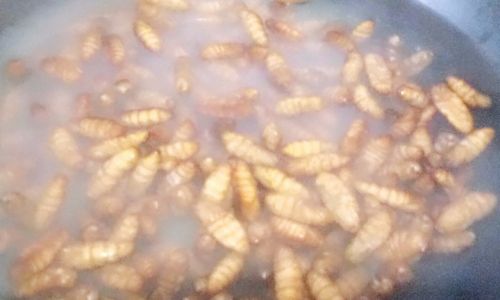
- Asian-Inspired: Coat with a blend of five-spice powder and sesame seeds before frying.
- Mexican-Style: Serve with a side of lime wedges, cilantro, and a sprinkle of chili-lime seasoning.
- Cheesy Delight: Toss freshly fried pupae in grated Parmesan and a pinch of paprika.
Nutritional Benefits and Health Perspectives
Bee pupae are a nutritional powerhouse, offering:
- Protein: A 100-gram serving provides approximately 28 grams of protein, making it an excellent meat alternative.
- Vitamins and Minerals: Rich in B vitamins, iron, and zinc, which support energy metabolism and immune function.
- Low in Fat: When fried without excess oil, they remain a relatively lean protein source.
Sustainability and the Future of Entomophagy
The practice of eating insects, known as entomophagy, is gaining traction as a sustainable solution to global food security. Bee pupae, in particular, require minimal resources to produce compared to traditional livestock. By choosing ethically sourced pupae, consumers contribute to eco-friendly food systems while exploring ancient culinary traditions.
Conclusion: Embracing Culinary Adventure
Fried bee pupae represent more than just a dish—they embody a bridge between culture, sustainability, and gastronomic innovation. While the idea of consuming insects may seem daunting to some, the reward lies in their unique flavor and the satisfaction of preparing a dish steeped in tradition. Whether you’re a seasoned foodie or a curious novice, mastering the art of frying bee pupae opens doors to a world of culinary possibilities. So, heat the oil, gather your seasonings, and embark on a journey that celebrates nature’s bounty in every crispy bite.
Final Tips for Success
- Freshness Matters: Use pupae within 24 hours of purchase for optimal texture.
- Safety First: Wear gloves if handling raw pupae, and ensure thorough cooking to eliminate bacteria.
- Presentation: Garnish with fresh herbs or edible flowers to elevate the dish’s visual appeal.
With patience and practice, fried bee pupae can become a cherished addition to your culinary repertoire, impressing dinner guests and satisfying adventurous palates alike.
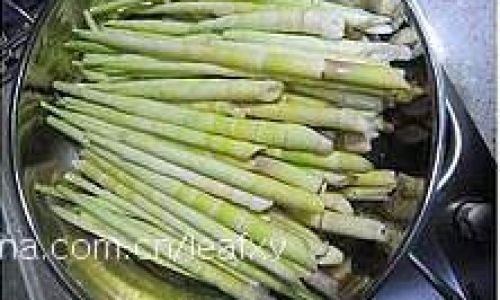
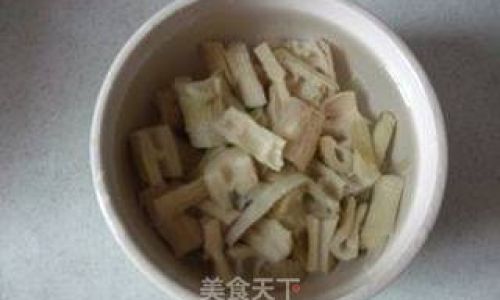
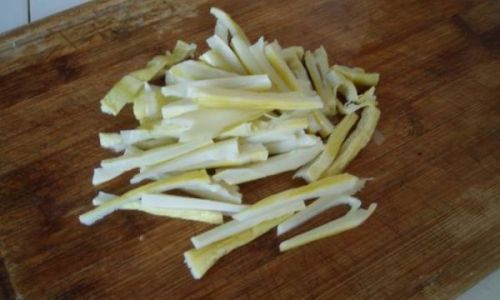
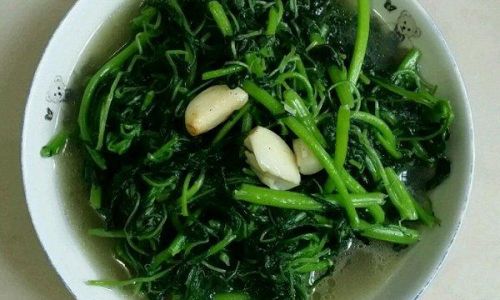
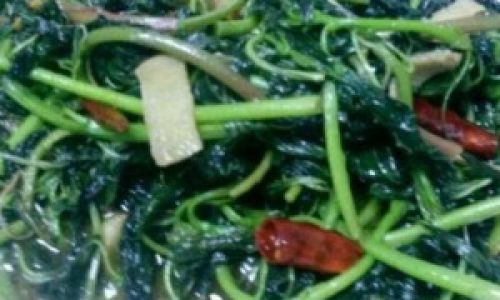
0 comments